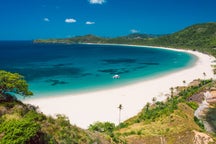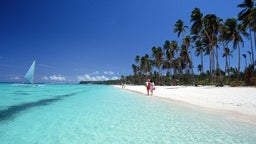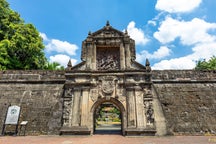
At the heart of Iligan City’s allure is Maria Cristina Falls, a towering 98-meter wonder that powers a hydroelectric plant and symbolizes the city’s natural and industrial strength. Not far away, Tinago Falls enchants with its turquoise basin hidden in a deep ravine, accessible through a scenic trek. These iconic spots, along with the lesser-known Mimbalot Falls, make Iligan a top destination for waterfall adventures in the Philippines.
Beyond waterfalls, Iligan City offers cultural immersion through its rich Maranao and Cebuano heritage. Visit Ma. Cristina Ancestral House and Timoga Springs, or time your visit with the Diyandi Festival every September—a celebration of Iligan’s patron saint, filled with music, dance, and vibrant traditions.
With its blend of natural wonders, cultural depth, and off-the-beaten-path charm, Iligan City is an ideal addition to your Mindanao region itinerary.









